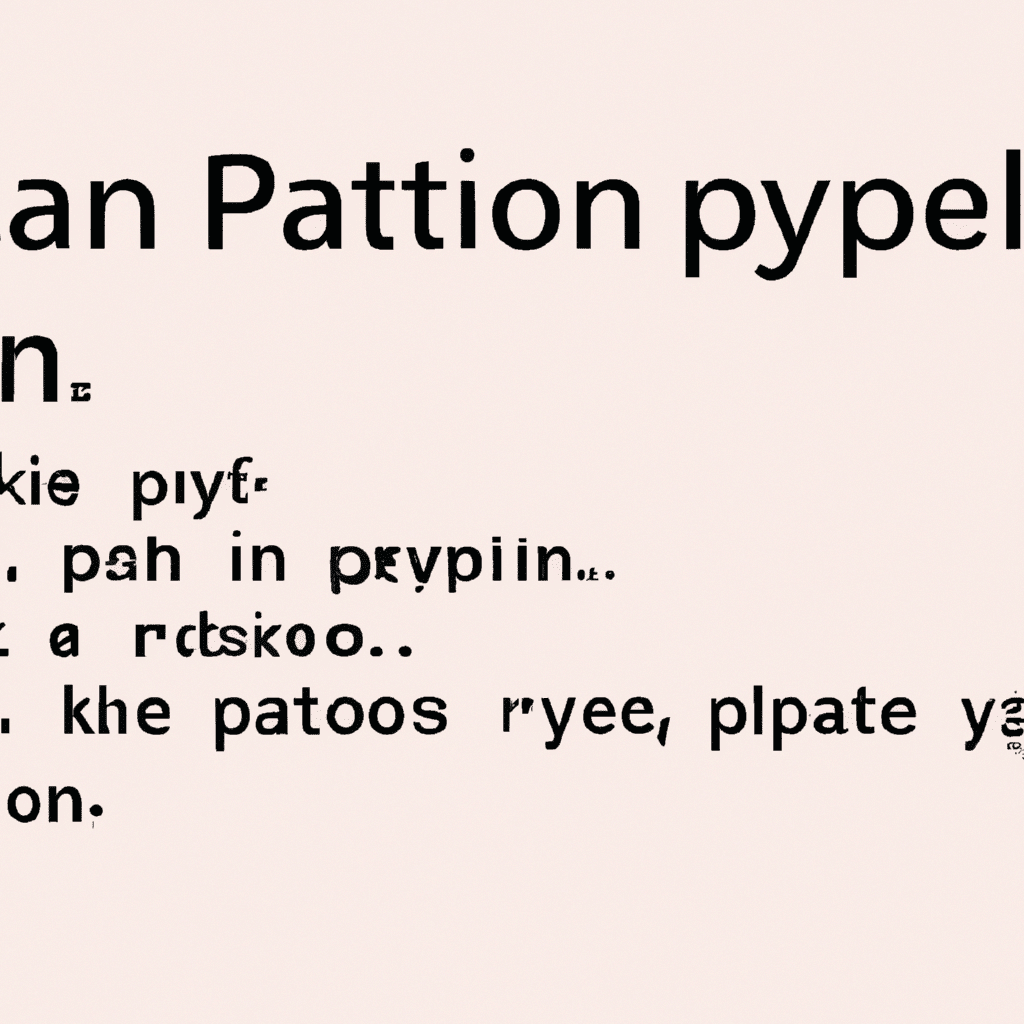Are you ready to take your Python programming to the next level? Are you ready to start taking user input in your programs? If so, you’ve come to the right place! While taking user input is a fundamental programming concept, it can be tricky to get right. In this article, we will take a look at some of the different ways to accept input in Python. Let’s get started!
Ready, Set, Input!
Before you can start accepting input from your users, you’ll need to make sure your program is properly configured. One way to do this is by using the input() function. This function will prompt the user for input, and then store the result in a variable that you can use later in your program. By using the input() function, you can prompt your users for simple text, numbers, and even complex data types like dictionaries and lists.
Another way to accept input from your users is to use the Python argparse library. The argparse library makes it easy to parse command line arguments, which can be much more powerful than the input() function. With argparse, you can easily create complex argument structures that can accept multiple arguments of varying types.
Let’s Get Python-ing!
Now that your program is properly configured, it’s time to start accepting input! One way to do this is by using a while loop. A while loop is a type of loop that will keep running until a certain condition is met. You can use a while loop to keep prompting your user for input until they enter the right data. This can be especially useful if you’re asking your users for complex or multiple pieces of data.
Another way to accept input from your users is to use the Python built-in function raw_input(). This function is similar to the input() function, except it will always return a string, even if the user enters a number. This can be helpful if you’re expecting a certain type of input from your users and you want to make sure you get it.
Now that you know a few different ways to accept input in Python, you’re ready to start building programs that interact with your users. With the right tools and a bit of practice, you’ll be able to create programs that respond to user input in no time. Good luck and happy coding!
